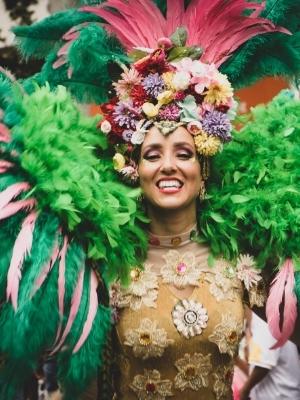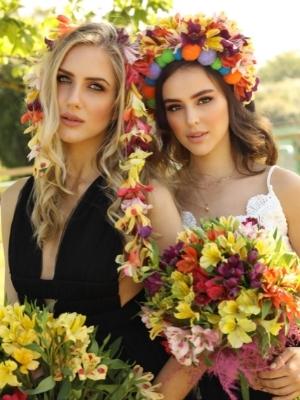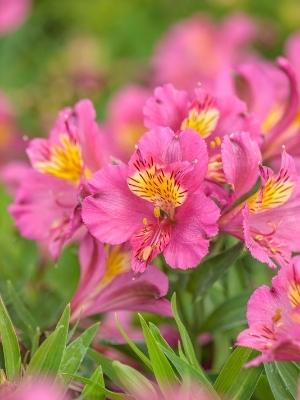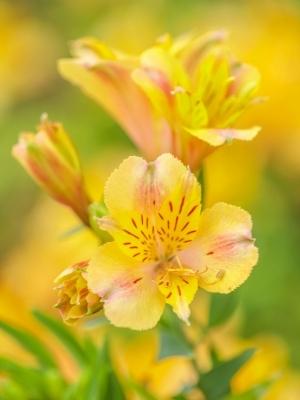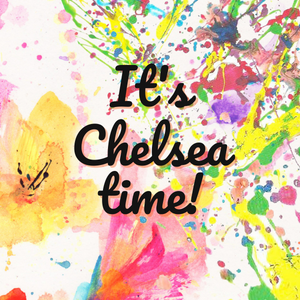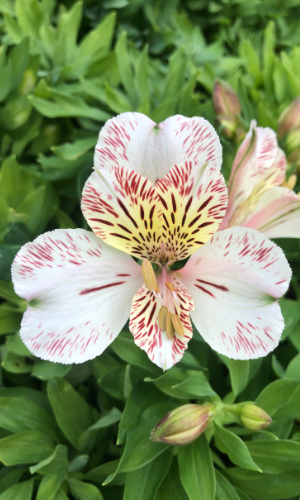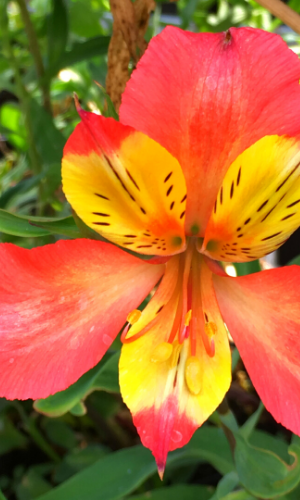109 years since the first RHS Chelsea Flower Show and still going strong.
What an achievement in these unpredictable times.
Let's delve into a bit of this remarkable show's history and then find out what we have planned for you this year!
Early Days
The first show held on Chelsea Hospital grounds on 20 May 1913, then called the Great Spring Show, was where the RHS Chelsea Flower Show as we know it really took off. With 244 exhibitors and a giant tent over two acres full of all manner of plant-life, it was quite the event.
However, the Royal Horticultural Society had quite a few shows leading up to that, although not quite so prestigious. For example, it seems the first exhibit in 1805 was rather humble - a potato displayed by a Mr Minier.
So in 1827 the Society decided to get the public involved. They held a fête at their garden in Chiswick and it was such a success they had another the next year.
1829 was hit by terrible rain where guests were apparently drowned up to their ankles - ’shrieks were dreadful and the loss of shoes particularly annoying.’ Mammoth downpours have occurred a few times since, so be prepared - take your wellies!
The show continued in Chiswick until 1857. From 1862 onwards it moved to Kensington and then Inner Temple, but by 1911 they were on the hunt for another more suitable venue.
The 1900’s
Come 1912, whilst supporting an international horticultural extravaganza on the grounds of the Chelsea Hospital, the Society realised this would be the perfect venue.
The show has continued with great success at this location since, with only temporary postponements during the two World Wars and a delay in 1926 due to The General Strike.
The event has grown and exhibits have become more and more intricate and creative as the years have gone by, with all sorts of memorable happenings such as:
- “The Garden of Tomorrow” in the 50’s featuring ‘the most modern aids to horticulture’, one of them being a radio-controlled lawn mower.
- A 5000 square foot orchid display in the 60's – the largest ever at the show.
- The first celebrity garden designer came about and could be seen on TV in the 70’s.
- A vintage gnome allegedly blocked the entrance to the show in protest in 1993 on the 80th anniversary of the garden gnome ban
- The recycling of the Great Marquee into 7,000 aprons, jackets and bags
- An entire garden made from 2.5 tonnes of plasticine by James May causing quite a stir
What've We Got in Store This Year?
This year we'll be capturing visitors attention with a dazzling, eye catching bonanza! It will be an all-singing and all-dancing display of alstroemeria, honouring the alstroemerias South American heritage.
Alstroemeria are the party animals of the garden and nothing says party like the Rio Carnival! So we're creating a Carnival street scene with mannequins in dramatic sparkly costumes made from alstroemeria, feathers and sequins.
You'll feel like you are part of 'The Greatest Show on Earth' (as the Rio Carnival is affectionately known)!
More cause for celebration is that we'll be launching two new alstroemeria at the show on 23 May 2022. One will be entered into the Plant of the Year competition. Alec has named them affectionately after his maternal and paternal grandmothers - ‘Little Miss June’ and ‘Little Miss Connie’ pictured right (photos by Clive Nichols).
Nanny Foreman (June) (maternal) – Nanny June has always been a gardener and Alec has fond memories of spending lots of time in the garden with her. He especially remembers going with her to Hampton Court Palace Flower Show in the early 1990s and spending long days looking at the gardens and plant pavilion exhibits. Nanny June turned 89 this year and we are hoping she will come to press day
Nanny White (Connie) (paternal) – Alec has particularly fond memories of sunny summers spent in Bournemouth on the beach with Nanny Connie which was close to where they lived. She loved outdoor walks and spending time in the sun. Nanny Connie was always very supportive of his gardening exploits and early exhibiting as a child.
These will make a wonderful addition to the historic Parigo ‘Little Miss’ Series which we hold the Plant Heritage National Collection for.
Clearly there's lots of cause for celebration! Come and join us and get your tickets here!
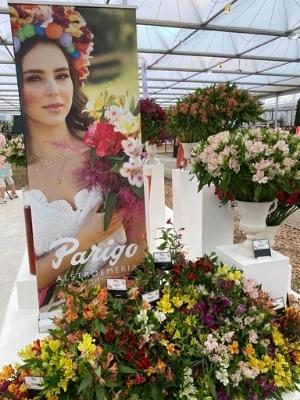
2022 Sneak Peeks
